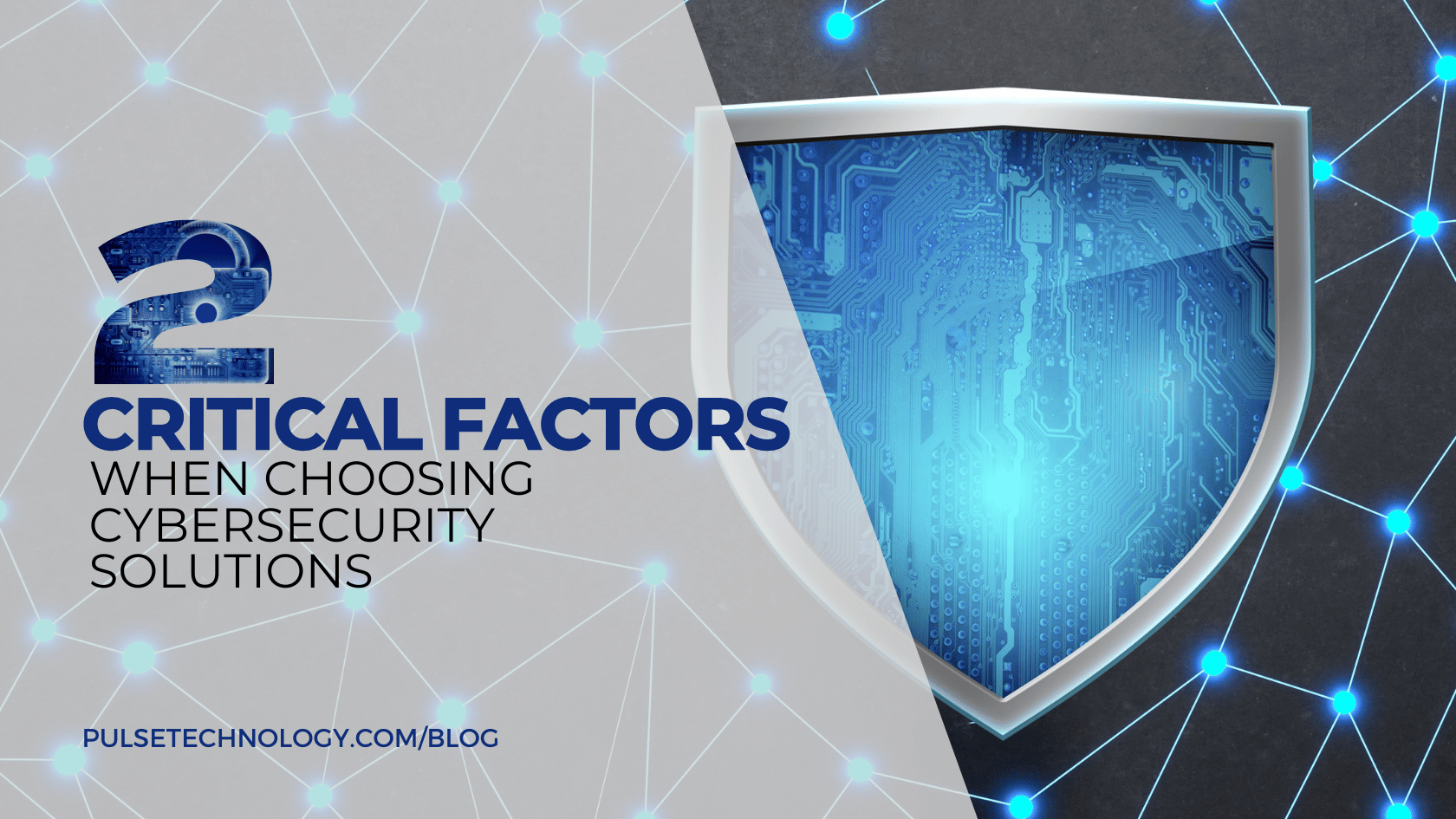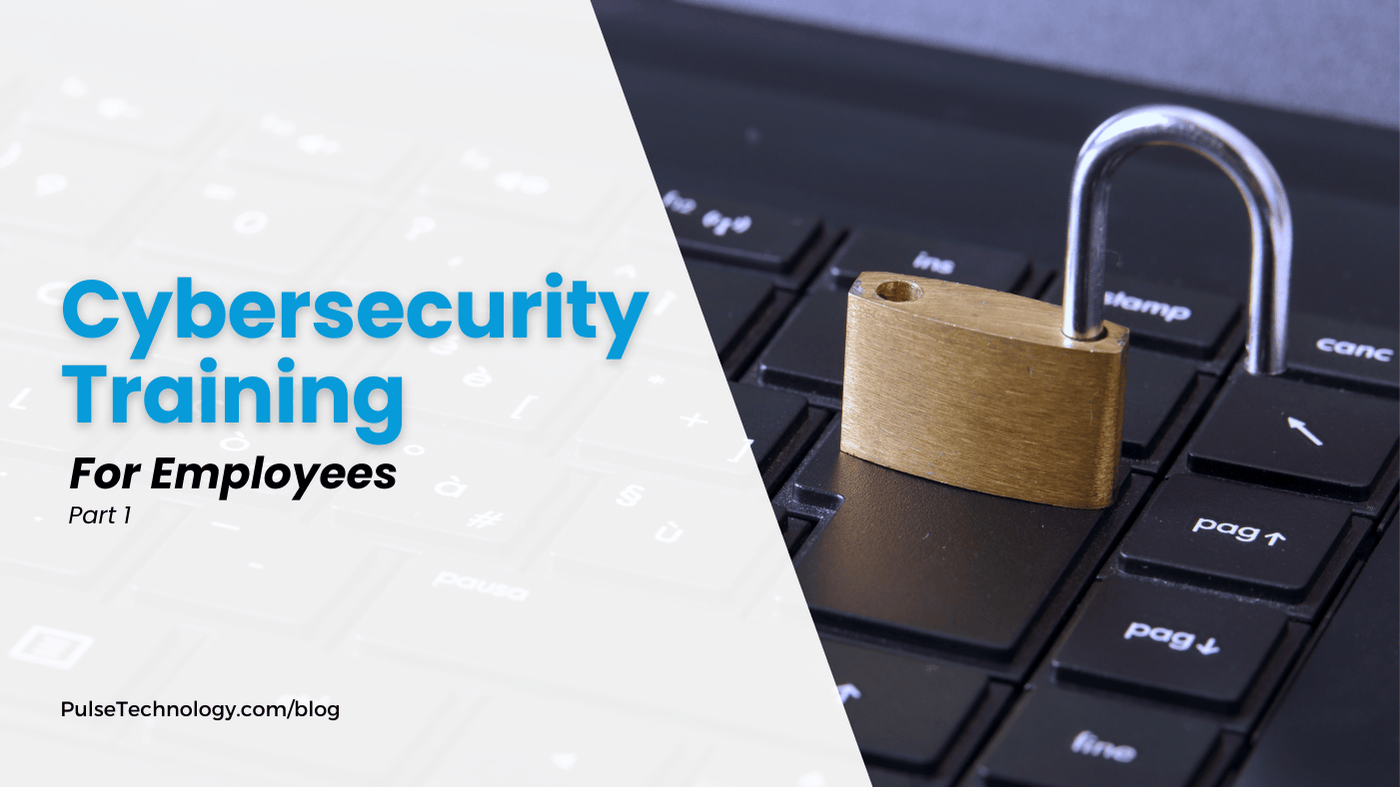5 Essential Steps to Creating a Cybersecurity Emergency Response Plan
Cyberattacks are a growing threat to businesses of all sizes. According to the 2022 Cost of a Data Breach Report by IBM and Ponemon Institute, the average cost of a data breach for businesses with fewer than 200 employees was $3.31 million. That's why it's so important for businesses to have a strong cybersecurity posture and a cyber emergency response plan in place.
What is a cyber emergency plan (CERP)?
A cyber emergency response plan (CERP) is a document that outlines the steps your business will take in the event of a cyberattack. It should include information on how to identify, contain, and recover from a cyberattack.
How do I create a CERP?
-
Identify your critical assets
What data and systems are most important to your business? These are the assets that you need to protect in the event of a cyberattack.
Some examples of critical assets might include:
-
- Customer data, such as names, addresses, and credit card numbers
-
- Financial data, such as account numbers and transaction records
- Intellectual property, such as patents, trademarks, and trade secrets
- Operational data, such as production schedules and inventory levels
- IT systems, such as email servers and databases
-
Assess your risks
What are the most likely cyberattacks that your business could face? Once you know your risks, you can start to develop mitigation strategies.
-
- Consider the likelihood of a cyberattack. This could include factors such as the size and industry of your business, your geographic location, and the security measures you have in place.
- Consider the potential impact of a successful cyberattack. This could include factors such as the cost of data breach remediation, lost revenue, and damage to your reputation.
- Use a risk assessment tool to help you quantify the risks to your critical assets. Learn About Penetration Testing
-
Create a team
Who will be responsible for responding to a cyberattack? Your CERP should identify the members of your team and their roles and responsibilities.
-
- Incident commander: The incident commander is responsible for leading the response to the cyberattack. They will be responsible for coordinating the activities of the other team members and making decisions about how to respond to the attack.
- Technical experts: The technical experts will be responsible for investigating the cyberattack and determining the extent of the damage. They will also be responsible for developing and implementing solutions to mitigate the impact of the attack.
- Communication specialists: The communication specialists will be responsible for communicating with the public, customers, and employees about the cyberattack. They will also be responsible for managing the media relations.
- Legal counsel: The legal counsel will be responsible for providing legal advice to the team and ensuring that the company complies with all applicable laws and regulations.
-
Develop procedures
What steps will you take to identify, contain, and recover from a cyberattack? Your CERP should include detailed procedures for each of these phases.
These procedures should outline the steps that will be taken to identify, contain, and recover from a cyberattack. The procedures should be detailed and should be tailored to the specific needs of the business.
-
-
The identification phase of the response plan should include steps to:
- Detect the cyberattack. This could involve monitoring for suspicious activity, such as unusual login attempts or data exfiltration.
- Investigate the cyberattack. This could involve gathering evidence, such as logs and screenshots, to determine the nature of the attack and the extent of the damage.
- Notify the appropriate authorities. This could include law enforcement, regulatory agencies, and insurance companies.
-
The containment phase of the response plan should include steps to:
- Isolate the affected systems. This could involve disconnecting the systems from the network or disabling them altogether.
- Remove the malware. This could involve using antivirus software or other tools to remove the malware from the affected systems. Learn more about malware
- Restore the systems. This could involve restoring the systems from backups or rebuilding them from scratch.
-
The recovery phase of the response plan should include steps to:
- Mitigate the impact of the attack. This could involve notifying customers, employees, and other stakeholders about the attack and the steps that are being taken to recover.
- Restore business operations. This could involve restoring the systems, recovering data, and rebuilding customer trust.
-
⬇️ Get our Top 14 Cybersecurity Tips for Businesses ⬇️
-
Test and update your plan
Your CERP should be reviewed and updated on a regular basis. This will ensure that it is up-to-date with the latest threats and technologies.
Here are some tips for testing and updating your plan:
-
- Conduct tabletop exercises. Tabletop exercises are a great way to test your plan without actually having to respond to a cyberattack. In a tabletop exercise, you will walk through the different phases of the response plan and identify any areas that need improvement.
- Run simulations. Simulations are a more realistic way to test your plan. In a simulation, you will use a mock cyberattack to test your team's response.
- Update your plan as needed. As new threats and technologies emerge, you will need to update your plan to reflect these changes.
Here are some additional benefits of testing and updating your plan:
- It can help to identify any gaps or weaknesses in your plan.
- It can help to train your team on how to respond to a cyberattack.
How to Train Your Employees - It can help to improve your team's communication and coordination.
- It can help to ensure that your plan is effective in the event of a cyberattack.
This CERP is a living document that will be updated on a regular basis. It is important for all employees to be familiar with the plan and to know their roles and responsibilities.
Don’t add another thing to your to-do list. Pulse Technology offers cybersecurity services including cybersecurity response planning.




